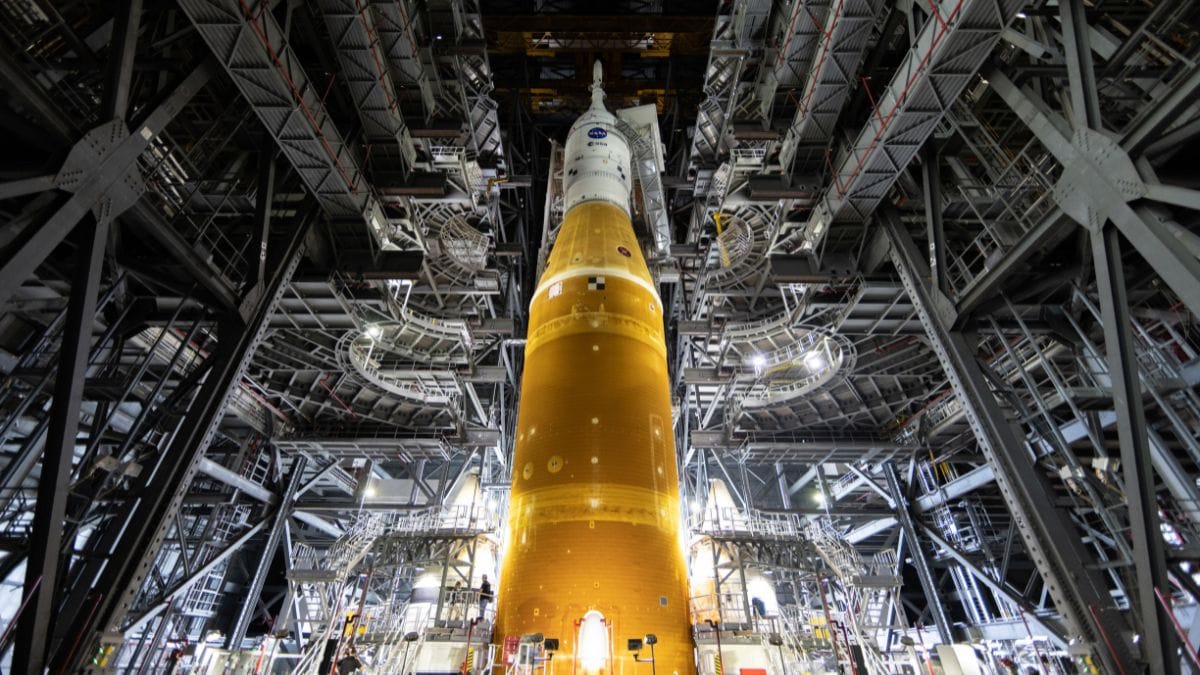NASA's Artemis program is testing future crewed Mars missions on the Moon. With longer, crewed lunar missions, Artemis will showcase spacecraft and life-support technologies, establishing a long-term presence off Earth. This strategy goes beyond Apollo's short excursions by aiming for longer stays and collaborating with foreign and business partners. NASA intends to improve systems and collect knowledge that will directly guide future missions to the Red Planet and beyond by putting equipment and processes under stress both on the surface and in lunar orbit.
Testing technology and logistics on the Moon
According to NASA, astronauts will fly by the moon on Artemis 2, which is scheduled for 2026, to test Orion's life-support systems,. In the meantime, NASA has a Deep Space Logistics office to handle cargo deliveries outside of Earth orbit and is constructing Gateway, a mini-station orbiting the moon. Crews will test drills, lunar rovers, and other equipment on the surface. The south pole of the moon, which contains frozen water and other resources, will be the focus of numerous missions. It's important to learn how to harvest lunar ice because NASA claims that doing so will help get ready for crewed missions to Mars.
Mars mission planning
NASA now collaborates with industry and dozens of countries under the Artemis Accords, building a deep-space infrastructure (Gateway station and landers like SpaceX's Starship). Challenges remain: the Artemis 3 landing (target ~2027) depends on the Starship HLS arriving on time, and NASA faces sharp budget cuts and workforce losses. Artemis is shifting strategy: instead of Apollo's brief (three-day) missions, it plans to keep crews on the Moon for weeks or months — a step toward the year-long journeys needed for Mars.

Comments
Post a Comment